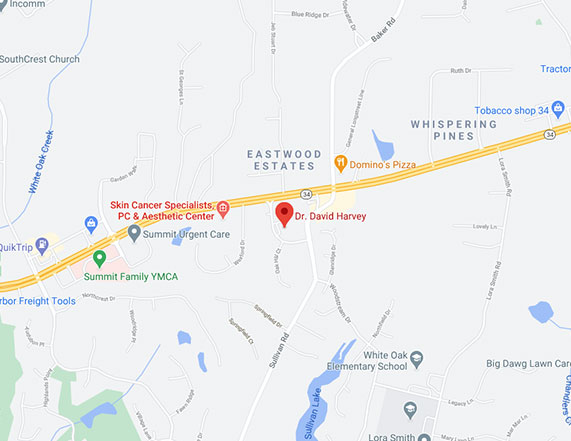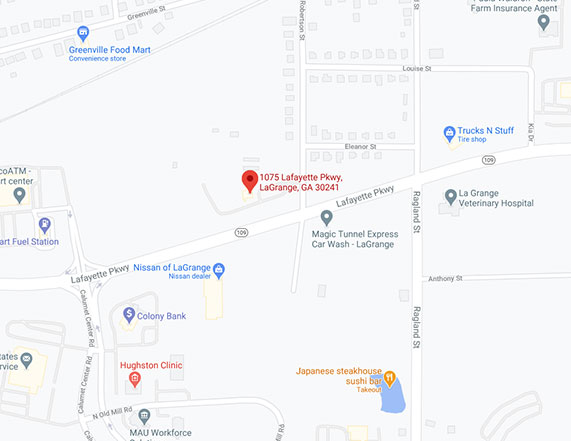Conveniently located to serve Newnan, Peachtree City and LaGrange
Click here to jump to:
Newnan Basal Cell Carcinoma
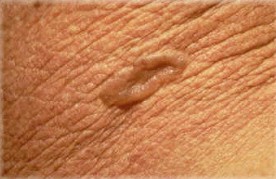
Fig. 1 Basal Cell Carcinoma – the most common of the skin cancers, is characterized by a non-healing ulcer or papule with a “rolled border” and prominent blood vessels.
WHAT IS BASAL CELL CANCER?
Basal Cell Cancer (BCC) is the most common type of cancer worldwide. Over 2.8 million cases of Basal Cell Cancer are estimated to occur annually in the United States in 2012. Thankfully, this form of skin cancer is readily curable. Basal Cell Cancer occurs as a result of the combination of chronic sun exposure and genetic susceptibility. Those patients with blue eyes and freckles, who easily burn and have a history of blistering sunburns are more likely to develop this type of skin cancer. What is troublesome about Basal Cell Cancer is that often patients are unaware of any symptoms. For this reason, it is important that self skin examinations are performed every few months and that a comprehensive skin exam is performed by an provider on a yearly basis. If you are diagnosed with this type of cancer, close follow up is essential as there is a 20-45% chance of your developing a second similar cancer within within five years.
HOW DO I RECOGNIZE BASAL CELL CANCER?
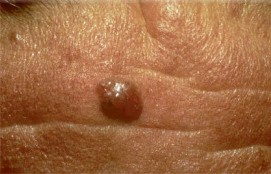
Fig. 2 Basal Cell Carcinoma – Nodular variant is the most common subtype
Basal Cell Cancer can present in a multitude of ways. Often a nonhealing lesion can be the earliest sign of a newly formed tumor. Bleeding, pain, tingling, and itching can also be very early symptoms. Tumors can either appear as an inconspicuous red bump with a central dimple or depression or a simple benign flat red region on the skin. When an ulcer or crust is present, bleeding is often a common complaint.
If a non-healing lesion such as those described above occurs on your skin, it is advisable to have your dermatologist assess the area as soon as possible, especially if you have had extensive sun exposure or a personal or family history.
DOES BASAL CELL CANCER SPREAD INTERNALLY? AM I IN DANGER?
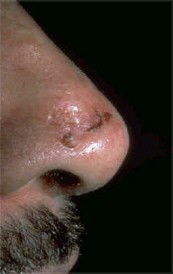
Fig. 3 Scar-Like (Morpheaform) Basal Cell Carcinoma – very destructive
This question is often asked and can be divided into two parts. First, the good news. This type of cancer does not usually metastasize or spread to other organs. The second aspect of this question, however, recognizes that these tumors can become a destructive force. Basal Cell cancer, if left untreated, can become invasive and grow deep into the skin and underneath structures. This process can result in a disfiguring appearance and even the destruction of a sensory organ such as the ear, eye or nose. Therefore, especially on the on the head and neck areas, these cancers need to be treated early and aggressively.
Related
Content
Patient
Review
“Dr. Harvey and his staff are very accommodating to all needs. My mother is here having a couple of basal cell spots surgically removed. She was referred her from her dermatologist. First visit for her. All staff are understanding for those who are waiting. I brought a tablet to finish a project and was given wifi to use and a soda to drink. I don’t know of many offices that do so much for the waiting friends and families. This care gives me insight on how they care for the actual patient. It was a pleasant experience.”
by MH
WHAT ARE THE OPTIONS FOR TREATMENT OF BASAL CELL CANCER?
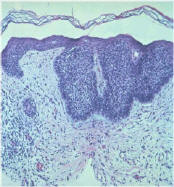
Fig 4. Basal Cell Cancer (superficial variant) – under the microscope
The mainstay therapy for Basal Cell cancer is surgery. Newer treatments involving chemotherapy with medications that have a boosting effect on your immune system such as Imiquimod (Aldara™) (See Below) are proving to be promising for certain less invasive basal cell cancers, eg., superficial BCC. The mainstay procedure, however, is still surgical excision or electrically destroying the tumor (EDC or Laser procedures) which yields a cure rate of about 95%. These latter techniques are performed under local anesthesia and recovery time is minimal. In certain instances, where the cancer is close to a sensory organ such as the nose or eye, a tissue sparing technique called Mohs Surgery may be employed. This type of surgery involves the evaluation of multiple frozen specimens to make sure that these important areas are free from residual cancer. It has up to a 99% cure rate for primary tumors and is used in the head and neck region primarily. Finally, some doctors treat basal cell cancers with injectable medications such as interferon or Bleomycin but these treatments are still in the experimental stage. So to summarize, the treatment options for BCC include:
- Mohs micrographic surgery.
- Simple excision.
- Electrodesiccation and curettage.
- Cryosurgery.
- Radiation therapy.
- Laser surgery.
- Topical chemotherapy with fluorouracil.
- A clinical trial of biologic therapy (Aldara™) for sBCC.
NEW TREATMENTS FOR BASAL CELL CANCER
For early and limited basal cell cancer, Imiquimod (Aldara™) cream can be used to eliminate the cancer. It is usually applied five times a week for at least six weeks. We will usually see the patient back in the office at 8 weeks to ensure that the lesion has been adequately treated. A biopsy will sometimes be performed for this reason. Our staff will sometimes combine one of the surgical techniques with Aldara™ application. For more information about Aldara™ treatments, please inquire about this at your next appointment.
For more information on basal cell carcinoma or to set up a consultation, click here. Thank you and we look forward to helping you.










